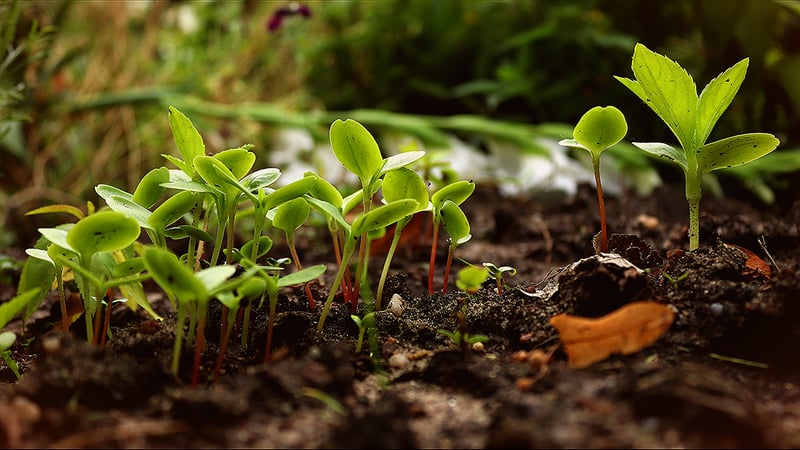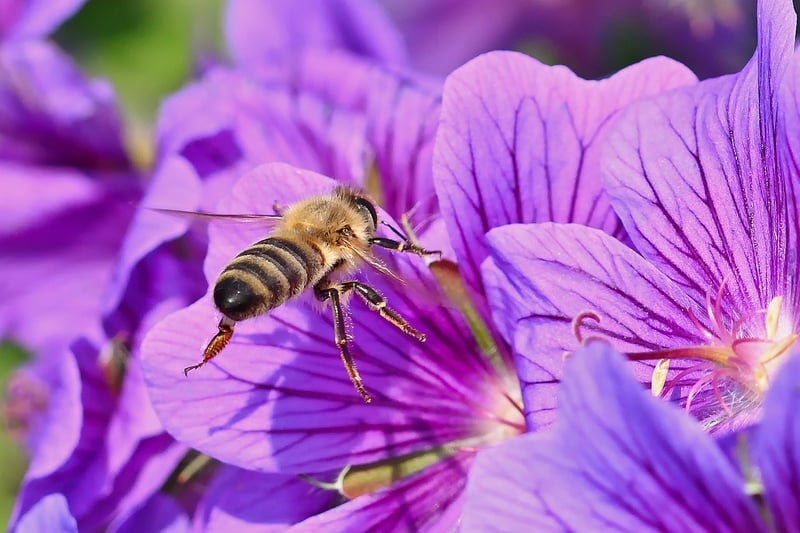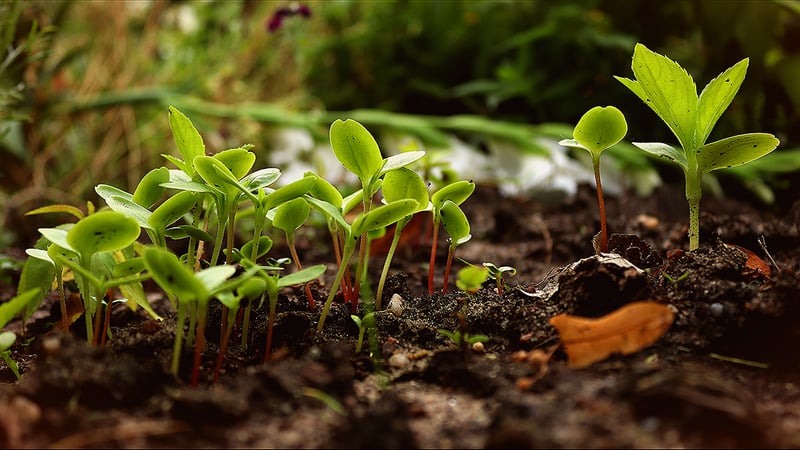Permaculture Design
Combining Beauty with Food Production through Permaculture Design
Permaculture design offers a unique approach to harmoniously blend beauty with food production in a sustainable manner. By integrating principles of permaculture into your garden or farm, you can create an ecosystem that not only produces an abundance of food but also enhances the aesthetic appeal of the landscape. Let's explore how you can combine beauty with food production through permaculture design.
1. Designing Functional and Aesthetic Elements
Permaculture design emphasizes the creation of functional and aesthetically pleasing elements within the landscape. This could include designing swales that not only help in water retention and soil fertility but also add visual interest to the terrain. Incorporating colorful edible plants, flowers, and fruit trees can further enhance the beauty of the space while providing a bountiful harvest.

2. Creating Diverse Polycultures
Instead of growing monocultures, permaculture encourages the cultivation of diverse polycultures where different plants complement each other. By planting a variety of crops together, you not only increase biodiversity but also create a visually appealing tapestry of colors, textures, and shapes. This approach mimics natural ecosystems and promotes ecological balance.

3. Utilizing Vertical Space
Maximizing the use of vertical space is another key aspect of permaculture design. By incorporating trellises, arbors, and vertical planters, you can grow climbing plants such as beans, cucumbers, and tomatoes, thereby optimizing space and adding a vertical dimension to your garden. This not only increases food production but also creates a visually striking display.

4. Designing Wildlife-Friendly Habitats
Permaculture design aims to create habitats that support a diverse range of wildlife, from beneficial insects to birds and small mammals. By incorporating native plants, ponds, and hedgerows into your design, you can attract pollinators, pest predators, and other wildlife that contribute to the overall health of the ecosystem. Observing wildlife in your garden adds beauty and a sense of connection to nature.

5. Embracing Regenerative Practices
At the core of permaculture design lies the principle of regeneration. By adopting regenerative practices such as composting, mulching, and no-till gardening, you can improve soil health, conserve water, and reduce waste. Healthy soils lead to healthy plants, which in turn contribute to a vibrant and thriving landscape that is both productive and visually appealing.

By integrating these principles of permaculture design into your food production systems, you can create landscapes that are not only productive and resilient but also beautiful and inspiring. Embrace the power of permaculture to transform your surroundings into vibrant and sustainable spaces that nourish both body and soul.
References: Permaculture Principles, Permaculture Association
